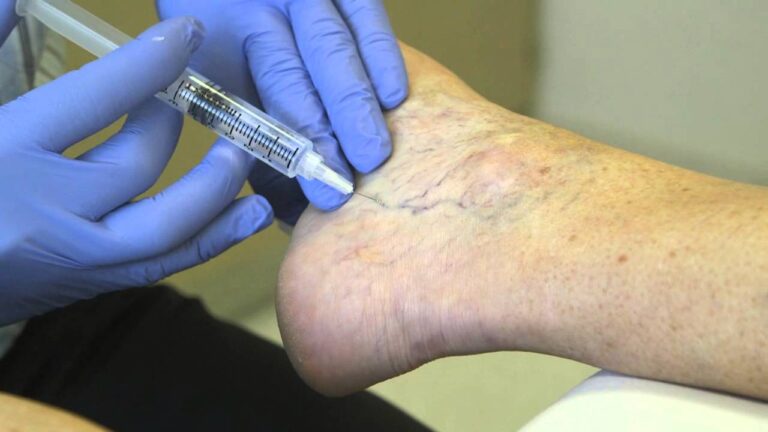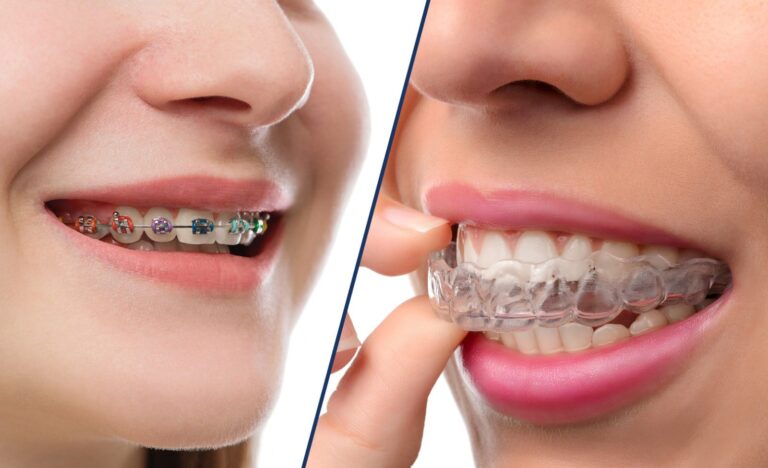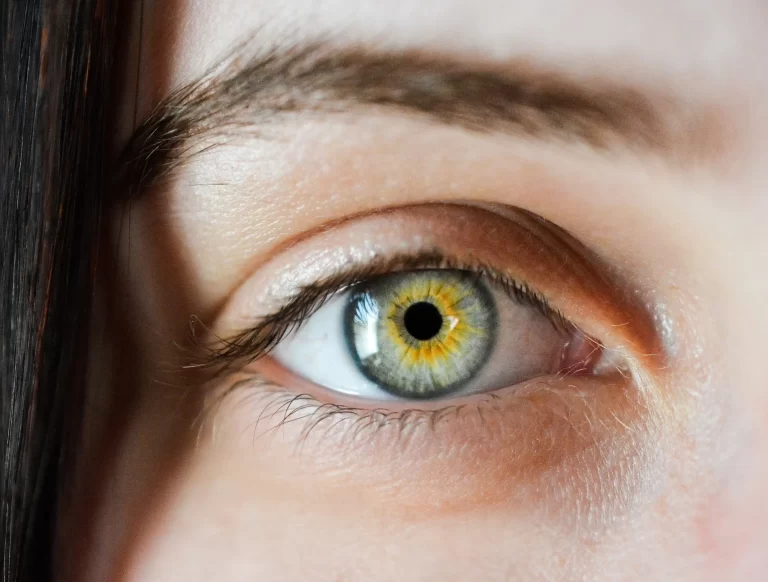It isn’t wise to ignore orthopaedic issues. Left untreated, these conditions may evolve into major complications down the road.
In fact, without professional care, there is a huge possibility of these conditions worsening with time. As they progress or worsen, you may experience chronic pain, difficulty moving, or even permanent disability.
Plus, delayed treatment can complicate the healing process. This means that your recovery may not just end up being longer. It may also be way, costlier. So, be sure to see an orthopaedic in Singapore as soon as possible if you were advised to see one!
So, what are the Signs of Orthopaedic?
You can rest assured of your body always finding a way to warn you when something is not right. But it may not be directly obvious. This is especially true when you need to see a specialist like an orthopaedic in Singapore. That said, here are the ten orthopaedic complication signs you should pay attention to.
- Pain That Just Won’t Quit: Persistent pain is a significant indicator of an orthopaedic problem. It could be caused by various issues, like fractures, sprains, strains, or degenerative conditions like arthritis. Ignoring ongoing pain may lead to further damage, and this may hinder your ability to perform daily activities. It may also drastically affect your quality of life. Seeking the counsel of your orthopaedic in Singapore early on can help identify the root cause and prevent complications.
- Swelling and Inflammation: Swelling around a joint or injured area often accompanies orthopaedic conditions. It’s your body’s natural response to injury. It is also the natural response to irritation due to the release of inflammatory substances. Inflammation can lead to pain. It may also cause stiffness, and limited mobility. Identifying the cause of swelling is essential as it may point to ligament injuries, and bursitis. It may also be indicative of joint diseases like rheumatoid arthritis.
- Limited Range of Motion: Difficulty moving a joint can be a sign of underlying orthopaedic issues. Reduced range of motion may result from joint inflammation, damage to cartilage or tendons, or joint misalignment. Left untreated, it can lead to muscle weakness and increased stress on other joints, exacerbating the problem.
- Instability and Weakness: Feeling unsteady on your feet or experiencing joint instability may indicate ligament or tendon injuries, joint dislocation, or muscle weakness. These issues can affect balance and increase the risk of falls and accidents. Ignoring joint instability may cause further damage and negatively impact your mobility and independence.
- Clicking, Popping, or Grinding: Unusual sounds when moving a joint, like clicking, popping, or grinding, can be alarming. These noises can result from damaged cartilage or irregular joint surfaces. Conditions like osteoarthritis or meniscus tears can produce such sounds. Identifying the source of these noises is crucial to prevent further deterioration of the joint.
- Numbness and Tingling: Orthopaedic conditions can sometimes compress nerves. This may lead to numbness and tingling sensations in the affected area. Conditions like carpal tunnel syndrome or herniated discs in the spine can cause these symptoms. Nerve compression can have long-term consequences if not addressed promptly, affecting sensation and muscle function.
- Deformities: Visible changes in the bone or joint shape are often indicative of underlying orthopaedic conditions. For instance, misaligned joints can result from conditions like scoliosis or hip dysplasia. Identifying and addressing these deformities early in life can prevent further complications and improve overall function.
- Difficulty Bearing Weight: If you experience pain or have difficulty putting weight on a limb, it may be due to orthopaedic issues like fractures, ligament injuries, or joint problems. Bearing weight on an injured limb can exacerbate the damage and delay healing.
- Recurring Injuries: Frequent occurrences of the same type of injury may suggest an underlying orthopaedic condition that requires attention. For example, recurrent ankle sprains might indicate joint instability or chronic ligament weakness. Identifying the root cause is essential to prevent repeated injuries and ensure proper rehabilitation.
- Limited Recovery: Slow or incomplete recovery after orthopaedic treatment, such as surgery or physical therapy, could indicate complications or inadequate healing. Factors like infection, poor surgical outcome, or underlying medical conditions may hinder recovery. Early detection and intervention can help address these issues and facilitate a smoother recovery process.
What should you expect at an Orthopaedic Appointment?
Your first visit to an orthopaedic in Singapore might feel a tad overwhelming. But you do not have to fear!
You’ll likely experience a mix of curiosity, nervousness, and hope. From filling out paperwork to meeting the doctor, it’s a chance to share your concerns with the specialist. Here are the three things you can expect at your ortho appointment;
- Thorough Evaluation: First things first, when you step into that orthopaedic in Singapore, get ready for a comprehensive assessment. The doctor will delve into your medical history. They will ask about your symptoms, previous injuries, and any relevant details. They’ll likely perform a physical examination. In this assessment, they may check your range of motion, strength, and stability.
- Diagnostic Tests: Your orthopaedic specialist may order various examinations to gather more information about your condition. X-rays, MRIs, CT scans, or blood tests are commonly used to examine bones, joints, muscles, and ligaments closely. These tests help in confirming a diagnosis. They can also be used in determining the extent of the problem and ruling out other possible causes.
- Treatment Plan Tailored for You: Orthopaedic conditions are unique. So the appointment will be all about finding the best treatment plan for your specific condition. Based on the diagnosis, your orthopaedic in Singapore will recommend the most suitable approach to address your issue. It could involve conservative measures like medication or physical therapy. They may also recommend assistive devices. In some cases, surgery might be necessary.
It’s a Wrap!
Recognizing the signs of orthopaedic conditions is vital for early diagnosis. They’re also vital for getting the most appropriate treatment.
So, seek medical advice from a qualified orthopaedic in Singapore if you experience any of them! A good orthopaedic specialist will efficiently guide you on the right path to recovery.
Remember, your health and well-being matter. So, take your time to find a fully qualified doctor!
If you’re in Singapore, contact us now to book your consultation. Call or visit us at:
Artisan Sports & Orthopaedics Surgery
290 Orchard Road,
Paragon Medical Centre #07-12,
Singapore 238859
https://www.artisanorthopaedics.sg/
+65 8909 8877










